Charles M. Kozierok The TCP-IP Guide
Подождите немного. Документ загружается.

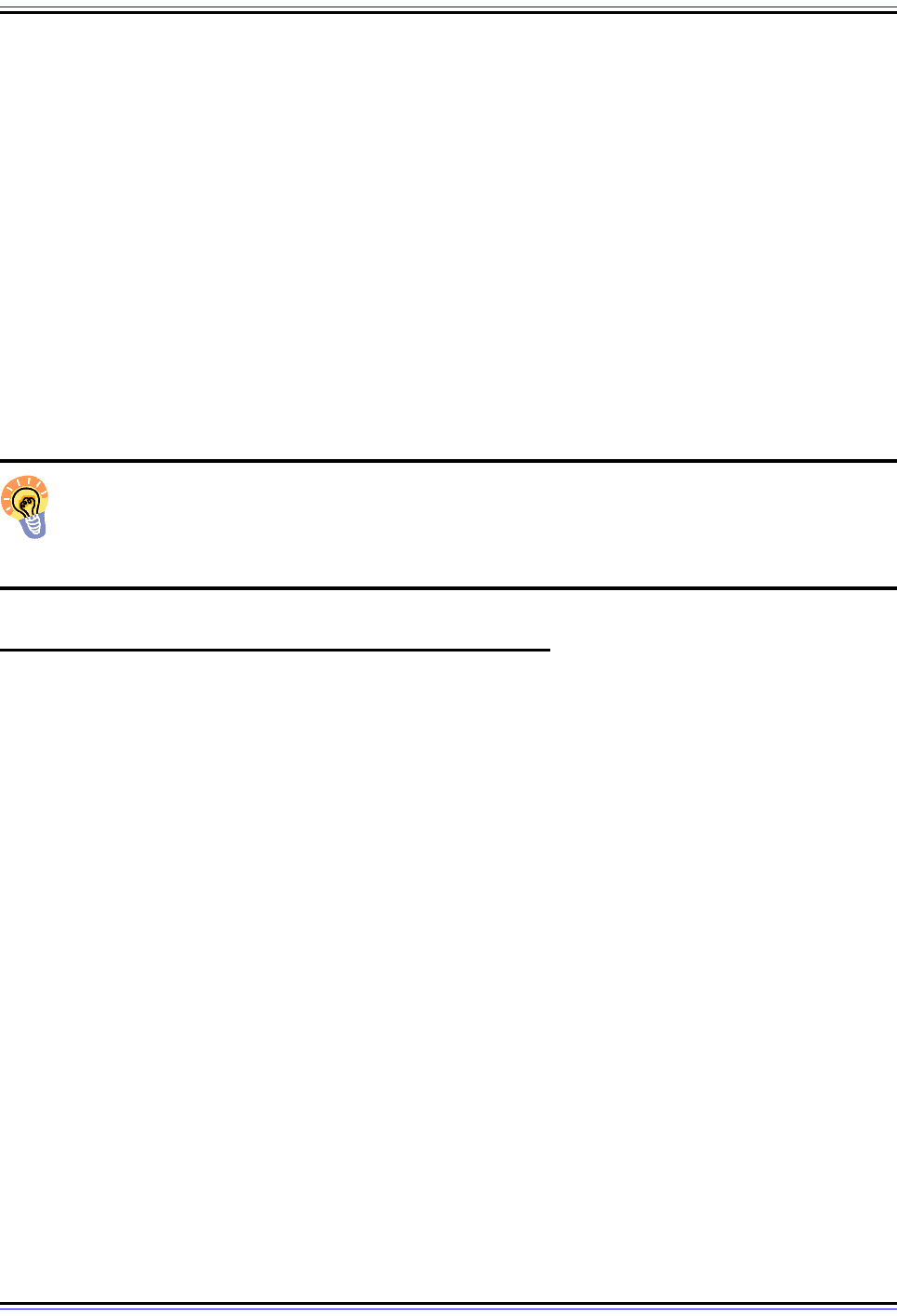
The TCP/IP Guide - Version 3.0 (Contents) ` 1161 _ © 2001-2005 Charles M. Kozierok. All Rights Reserved.
6. Client Checks That Address Is Not In Use
Before resuming use of its lease, the client device should perform a final check to ensure
that the new address isn't already in use. Even though this should not be the case when a
lease already exists, it's done anyway, as a “safety measure” of sorts. The check is the
same as described in step #13 of the allocation process: an ARP request is issued on the
local network, to see if any other device thinks it already has the IP address this client was
just leased. If another device responds, the client sends a DHCPDECLINE message back
to the server, which tells it that the lease is no good because some other device is using the
address. The client then goes back to the INIT state to get a new lease.
7. Client Finalizes Lease Allocation
Assuming that the address is not already in use, the client finalizes the lease and transitions
to the BOUND state. It is now ready for normal operation.
Key Concept: If a client starts up and already has a lease, it need not go through the
full lease allocation process; instead, it can use the shorter reallocation process. The
client broadcasts a request to find the server that has the current information on its
lease; that server responds back to confirm that the client’s lease is still valid.
DHCP Lease Renewal and Rebinding Processes
Once a DHCP client completes the allocation or reallocation process, it enters the BOUND
state. The client is now in its regular operating mode, with a valid IP address and other
configuration parameters it received from the DHCP server, and can be used like any
regular TCP/IP host.
While the client is in the BOUND state, DHCP essentially lies dormant. As long as the client
stays on and functioning normally, no real DHCP activity will occur while in this state. The
most common occurrence that causes DHCP to “wake up” and come active again is arrival
of the time when the lease is to be renewed. Renewal ensures that a lease is perpetuated
so it can be used for a prolonged period of time, and involves its own message exchange
procedure. (The other way that a client can leave the BOUND state is when it terminates
the lease early.)
If DHCP's automatic allocation is used, or if dynamic allocation is used with an infinite lease
period, the client's lease will never expire, so it never needs to be renewed. Short of early
termination, the device will remain in the BOUND state forever, or at least until it is
rebooted. However, as we've already discussed, most leases are finite in nature. A client
must take action to ensure that its lease is extended and normal operation continues.
To manage the lease extension process, two timers are set at the time that a lease is
allocated. The renewal timer (T1) goes off to tell the client it is time to try to renew the lease
with the server that initially granted it. The rebinding timer (T2) goes off if the client is not
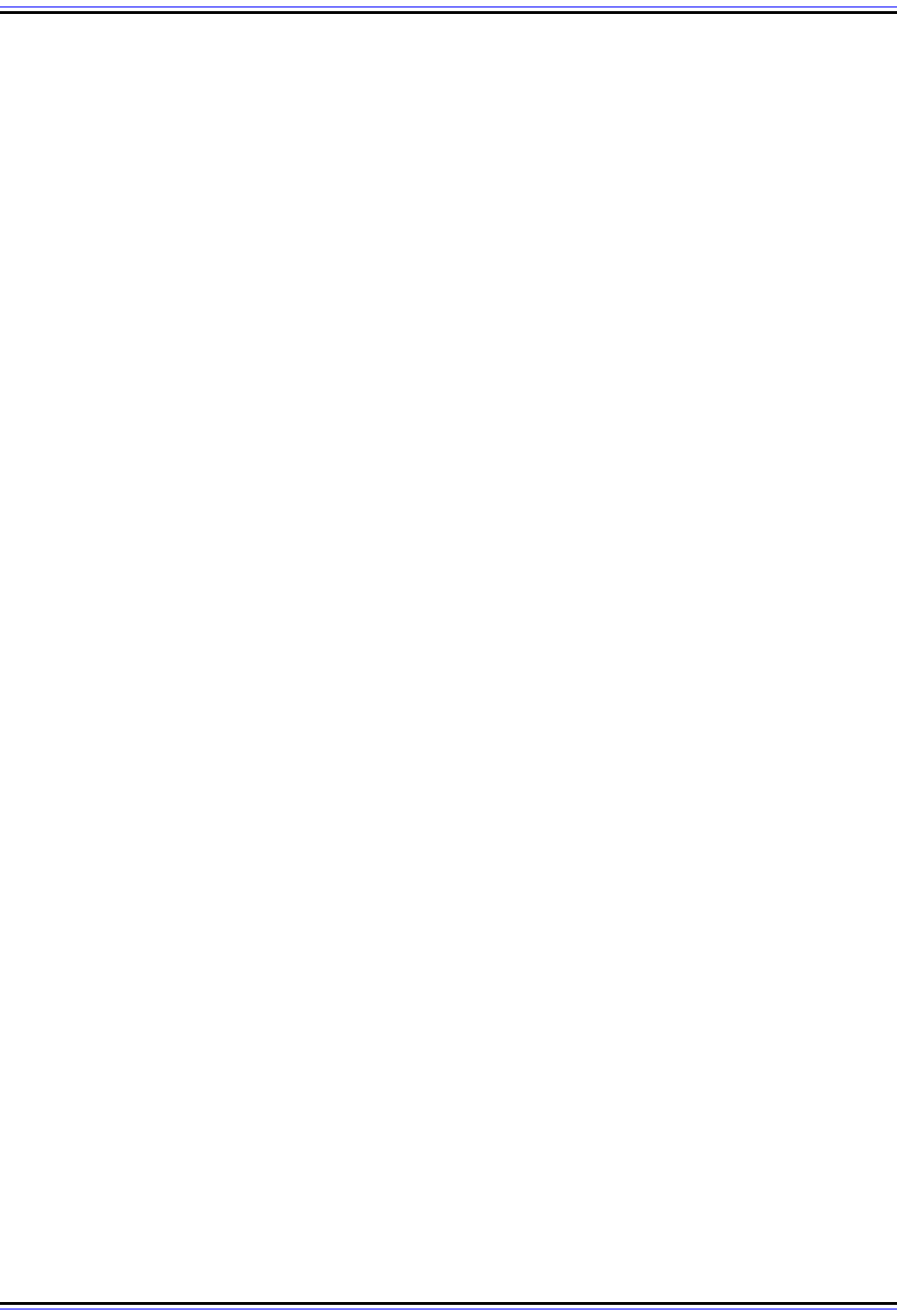
The TCP/IP Guide - Version 3.0 (Contents) ` 1162 _ © 2001-2005 Charles M. Kozierok. All Rights Reserved.
successful in renewing with that server, and tells it to try any server to have the lease
extended. If the lease is renewed or rebound, the client goes back to normal operation. If it
cannot be rebound, it will expire and the client will need to seek a new lease.
Lease Renewal/Rebinding Process Steps
The following steps summarize the renewal/rebinding process. Obviously, the exact
sequence of operations taken by a client depends on what happens in its attempts to
contact a server; for example, if it is successful with renewal, it will never need to attempt
rebinding. An example renewal and rebinding is illustrated in Figure 265. Note also that the
same notes about addressing fields, relay agents and such that I mentioned in the
allocation process topic apply here as well.
1. Renewal Timer (T1) Expires
The renewal timer, T1, is set by default to 50% of the length of the lease. When the timer
goes off, the client transitions from the BOUND state to the RENEWING state.
Note that a client may initiate lease renewal prior to T1 timer expiration if it desires.
2. Client Sends DHCPREQUEST Renewal Message
The client creates a DHCPREQUEST message that identifies itself and its lease. It then
transmits the message directly to the server that initially granted the lease, unicast. Note
that this is different from the DHCPREQUEST messages used in the allocation/reallocation
processes, where the DHCPREQUEST is broadcast. The client may request a particular
new lease length, just as it may request a lease length in its requests during allocation, but
as always, the server makes the final call on lease length.
3. Server Receives and Processes DHCPREQUEST Message and Creates Reply
Assuming the server is reachable, it will receive and process the client's renewal request.
There are two possible responses:
☯ Server Agrees To Renew Client Lease: The server decides that the client's lease
can be renewed. It prepares to send to the client a DHCPACK message to confirm the
lease's renewal, indicating the new lease length and any parameters that may have
changed since the lease was created or last renewed.
☯ Server Refuses To Renew Client Lease: The server decides for whatever reason not
to renew the client's lease. It will create a DHCPNAK message.
4. Server Sends Reply
The server sends the DHCPACK or DHCPNAK message back to the client.
5. Client Receives and Processes Server Reply
The client takes the appropriate action in response to the server's reply:
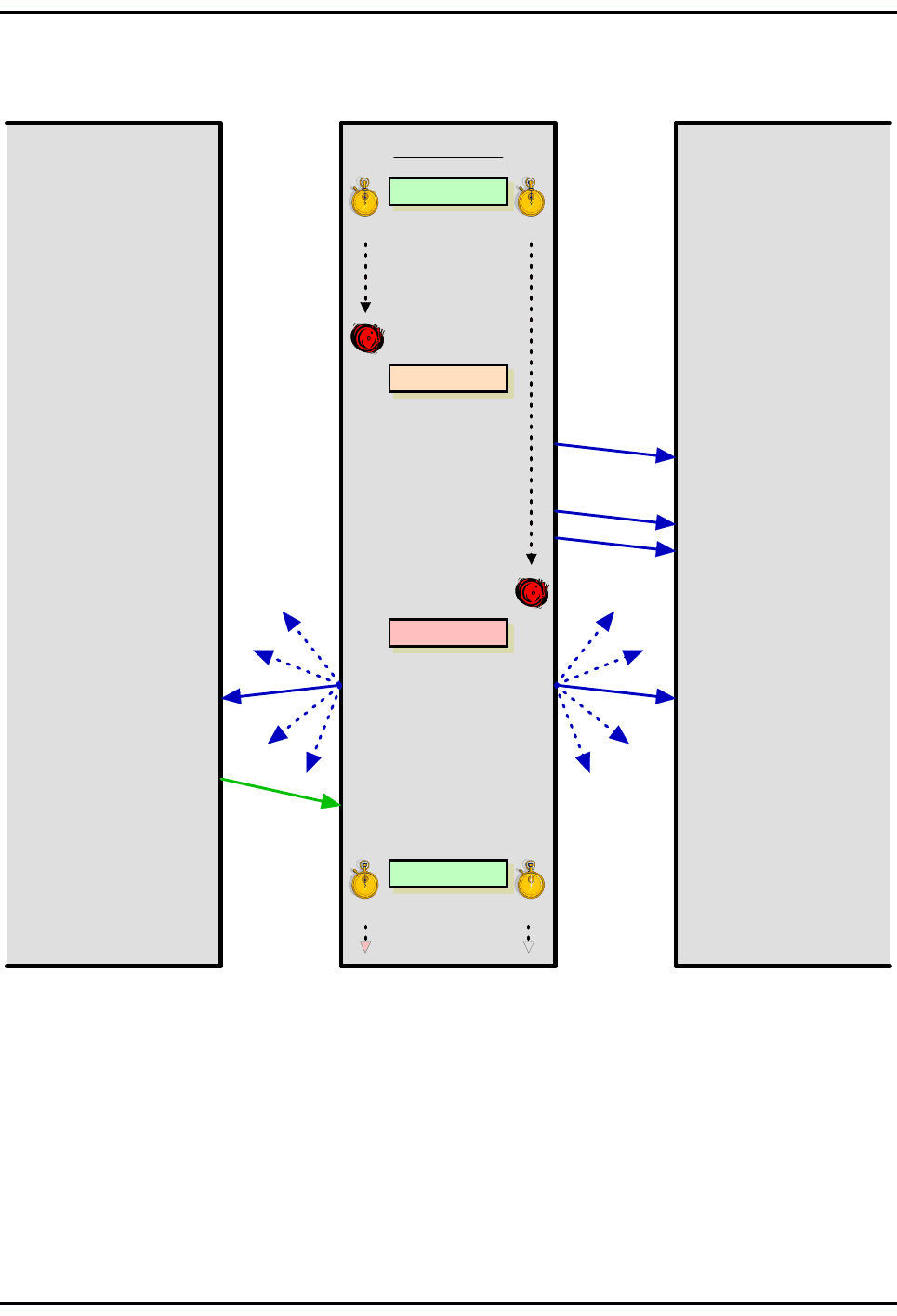
The TCP/IP Guide - Version 3.0 (Contents) ` 1163 _ © 2001-2005 Charles M. Kozierok. All Rights Reserved.
☯ Positive Acknowledgment: The client receives a DHCPACK message, renewing the
lease. The client makes note of the new lease expiration time and any changed
parameters sent by the server, resets the T1 and T2 timers, and transitions back to the
BOUND state. Note that the client does not need to do an ARP IP address check
when it is renewing.
Figure 265: DHCP Lease Renewal and Rebinding Processes
This diagram shows the example of a client that presently holding a lease with Server #2 attempting to contact
it to renew the lease. However, in this case, Server #2 is down for maintenance. The server is unable to
respond and the client remains stuck at Step #2 in the renewal/rebinding process. It keeps sending DHCPRE-
QUEST messages to Server #2 until its T2 timer expires. It then enters the rebinding state and broadcasts a
DHCPREQUEST message, which is heard by Server #1, which in this case agrees to extend its current lease.
Server #1 Client Server #2
Client State
RENEWING
REBINDING
1. T1 Timer
Exp ir e s
2. Send
DHCPREQUEST Message
To Original Leasing Server
(Server Is Dow n;
It Cannot Respond)
7. Broadcast
DHCPREQUEST Message
8. Process
DHCPREQUEST Message
10. Receive and Process
DHCPACK Message;
Finalize New Lease
BOUND
BOUND
...
T1 T2
(Normal Operation)
...
2. Continue To Send
DHCPREQUEST Messages
...
6. T2 Timer
Exp ir e s
(Server Is Still Dow n...)
9. Send
DHCPACK Message
T1 T2
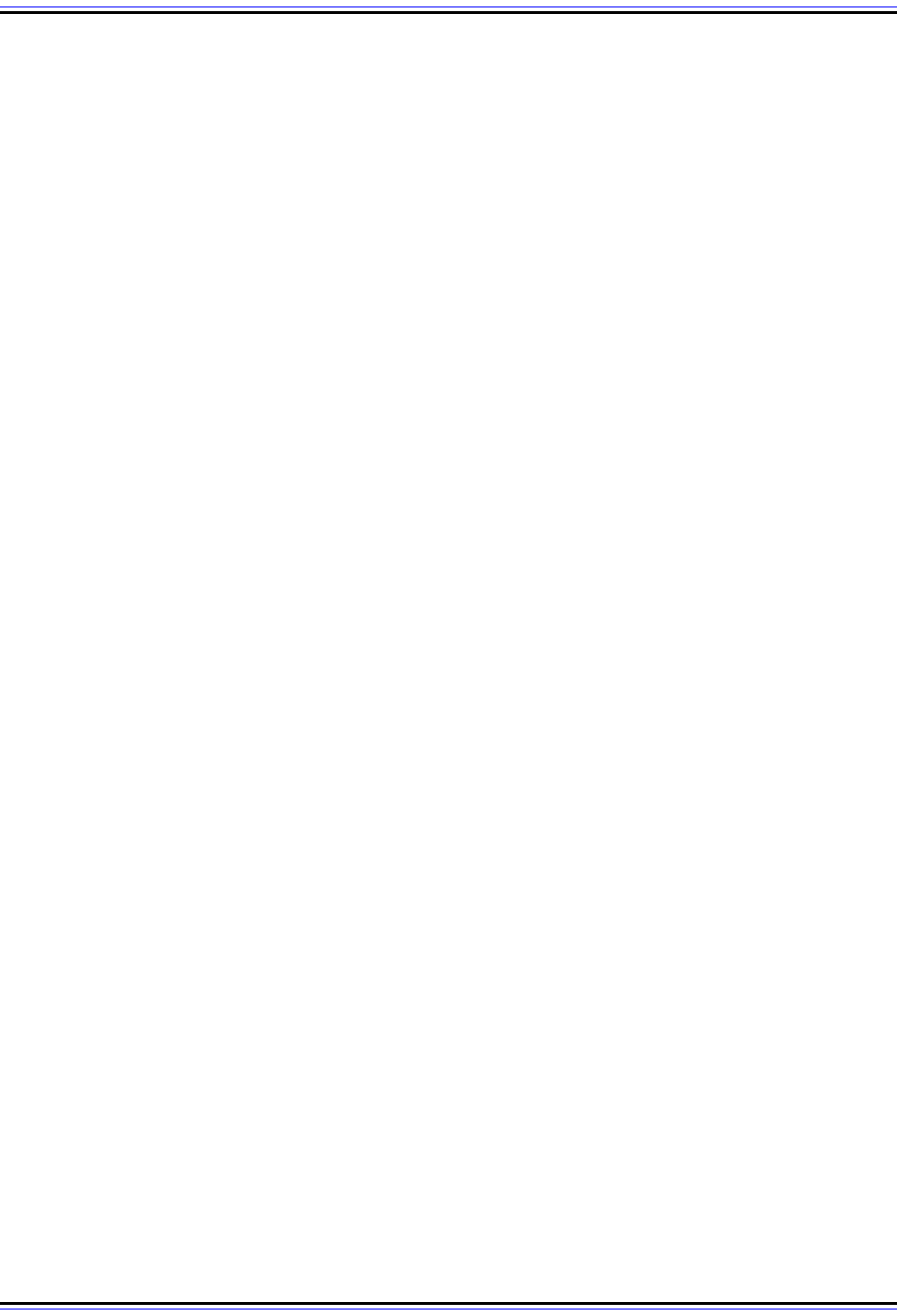
The TCP/IP Guide - Version 3.0 (Contents) ` 1164 _ © 2001-2005 Charles M. Kozierok. All Rights Reserved.
☯ Negative Acknowledgment: The message is a DHCPNAK, which tells the client that
its lease renewal request has been denied. The client will immediately transition to the
INIT state to get a new lease—step #1 in the allocation process.
6. Rebinding Timer (T2) Expires
If the client receives no reply from the server, it will remain in the RENEWING state, and will
regularly retransmit the unicast DHCPREQUEST to the server. During this period of time,
the client is still operating normally, from the perspective of its user. If no response from the
server is received, eventually the rebinding timer (T2) expires. This will cause the client to
transition to the REBINDING state. Recall that by default, the T2 timer is set to 87.5% (7/
8ths) of the length of the lease.
7. Client Sends DHCPREQUEST Rebinding Message
Having received no response from the server that initially granted the lease, the client
“gives up” on that server and tries to contact any server that may be able to extend its
existing lease. It creates a DHCPREQUEST message and puts its IP address in the CIAddr
field, indicating clearly that it presently owns that address. It then broadcasts the request on
the local network.
8. Servers Receives and Processes DHCPREQUEST Message and Send Reply
Each server receives the request, and responds according to the information it has for the
client (a server that has no information about the lease or may have outdated information
does not respond):
☯ Server Agrees To Rebind Client Lease: A server has information about the client's
lease and agrees to extend it. It prepares for the client a DHCPACK message to
confirm the lease's renewal, indicating any parameters that may have changed since
the lease was created or last renewed.
☯ Server Decides Client Cannot Extend Its Current Lease: A server determines that
for whatever reason, this client's lease should not be extended. It gets ready to send
back to the client a DHCPNAK message.
9. Server Sends Reply
Each server that is responding to the client sends its DHCPACK or DHCPNAK message.
10. Client Receives Server Reply
The client takes the appropriate action in response to the two possibilities in the preceding
step:
☯ Positive Acknowledgment: The client receives a DHCPACK message, rebinding the
lease. The client makes note of the server that is now in charge of this lease, the new
lease expiration time, and any changed parameters sent by the server. It resets the T1
and T2 timers, and transitions back to the BOUND state. (It may also probe the new
address as it does during regular lease allocation.)
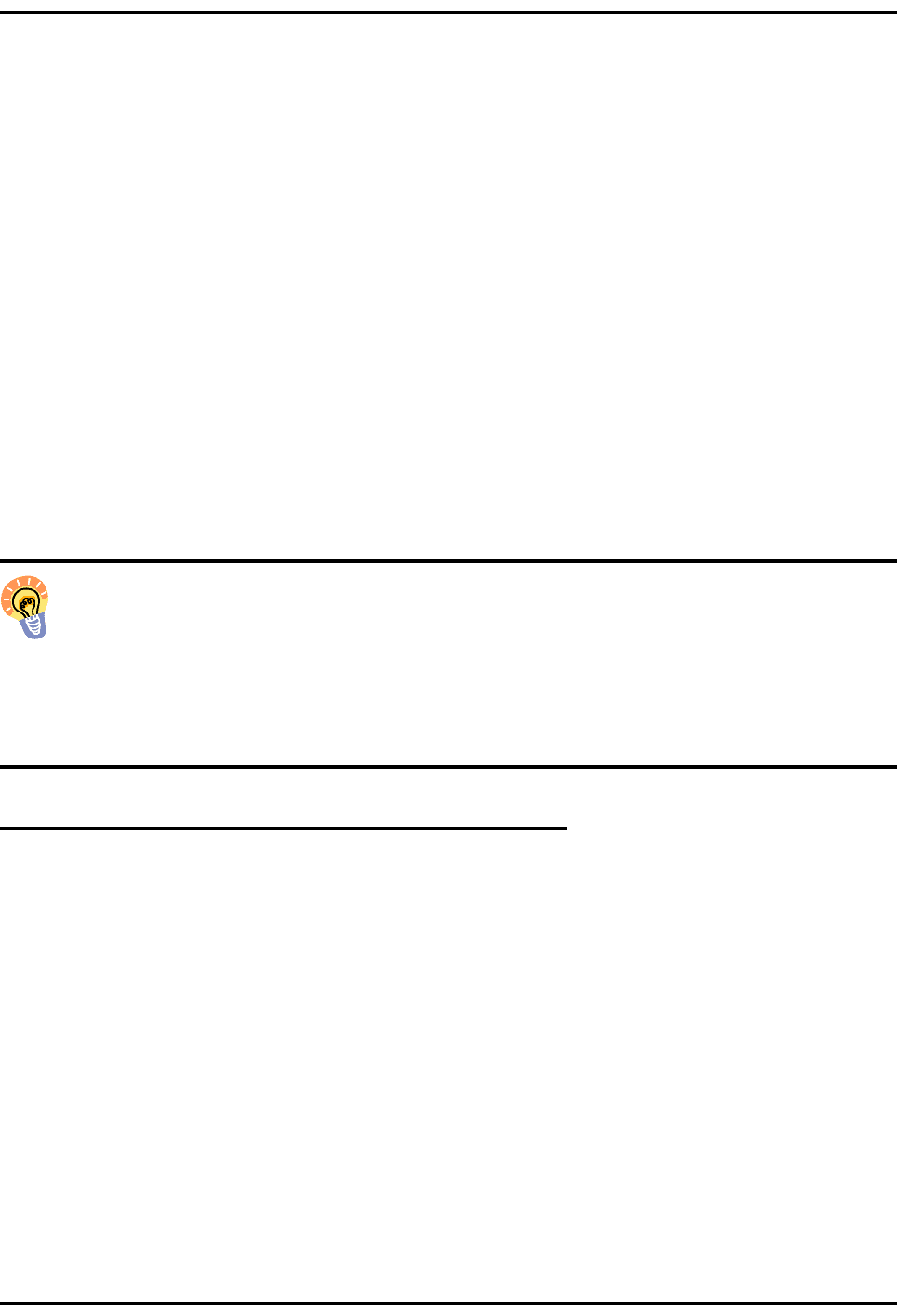
The TCP/IP Guide - Version 3.0 (Contents) ` 1165 _ © 2001-2005 Charles M. Kozierok. All Rights Reserved.
☯ Negative Acknowledgment: The message is a DHCPNAK, which tells the client that
some server has determined that the lease should not be extended. The client immedi-
ately transitions to the INIT state to get a new lease—step #1 in the allocation process.
11. Lease Expires
If the client receives no response to its broadcast rebinding request, it will, as in the
RENEWING state, retransmit the request regularly. If no response is received by the time
the lease expires, it transitions to the INIT state to get a new lease.
The Purpose of the Two-Step Rebinding/Renewal Process
One valid question is: why bother with a two-step process, rebinding and renewal? The
reason is that this provides the best blend of efficiency and flexibility. We first try to contact
the server that granted the lease using a unicast request, to avoid taking up the time of
other DHCP servers and disrupting the network as a whole with broadcast traffic. Usually
this will work, because DHCP servers don't change that often and are usually left on contin-
uously. If that fails, we then fall back on the broadcast, giving other servers a chance to take
over the client’s existing lease.
Key Concept: Each client’s lease has associated with it a renewal timer (T1),
normally set to 50% of the length of the lease, and a rebinding timer (T2), usually
87.5% of the lease length. When the T1 timer goes off the client will try to renew its
lease by contacting the server that originally granted it. If the client cannot renew the lease
by the time the T2 timer expires, it will broadcast a rebinding request to any available
server. If the lease is not renewed or rebound by the time the lease expires, the client must
start the lease allocation process over again.
DHCP Early Lease Termination (Release) Process
A TCP/IP host can't really do much without an IP address; it's a fundamental component of
the Internet Protocol, upon which all TCP/IP protocols and applications run. When a host
has either a manual IP address assignment or an “infinite” lease, it obviously never has to
worry about losing its IP address. When a host has a finite DHCP lease, it will use the
renewal/rebinding process to try to “hang on” to its existing IP address as long as possible.
So, under normal circumstances, a client will continue trying to extend its existing lease
indefinitely. In certain cases, however, a host may decide to terminate its lease. This usually
will not be something the client just decides to do spontaneously; it will occur in response to
a specific request from the user to end the lease. A user may terminate a lease for a
number of reasons, including the following:
☯ The client is being moved to a different network;
☯ The network is having its IP addresses renumbered;
☯ The user wants the host to negotiate a new lease with a different server;
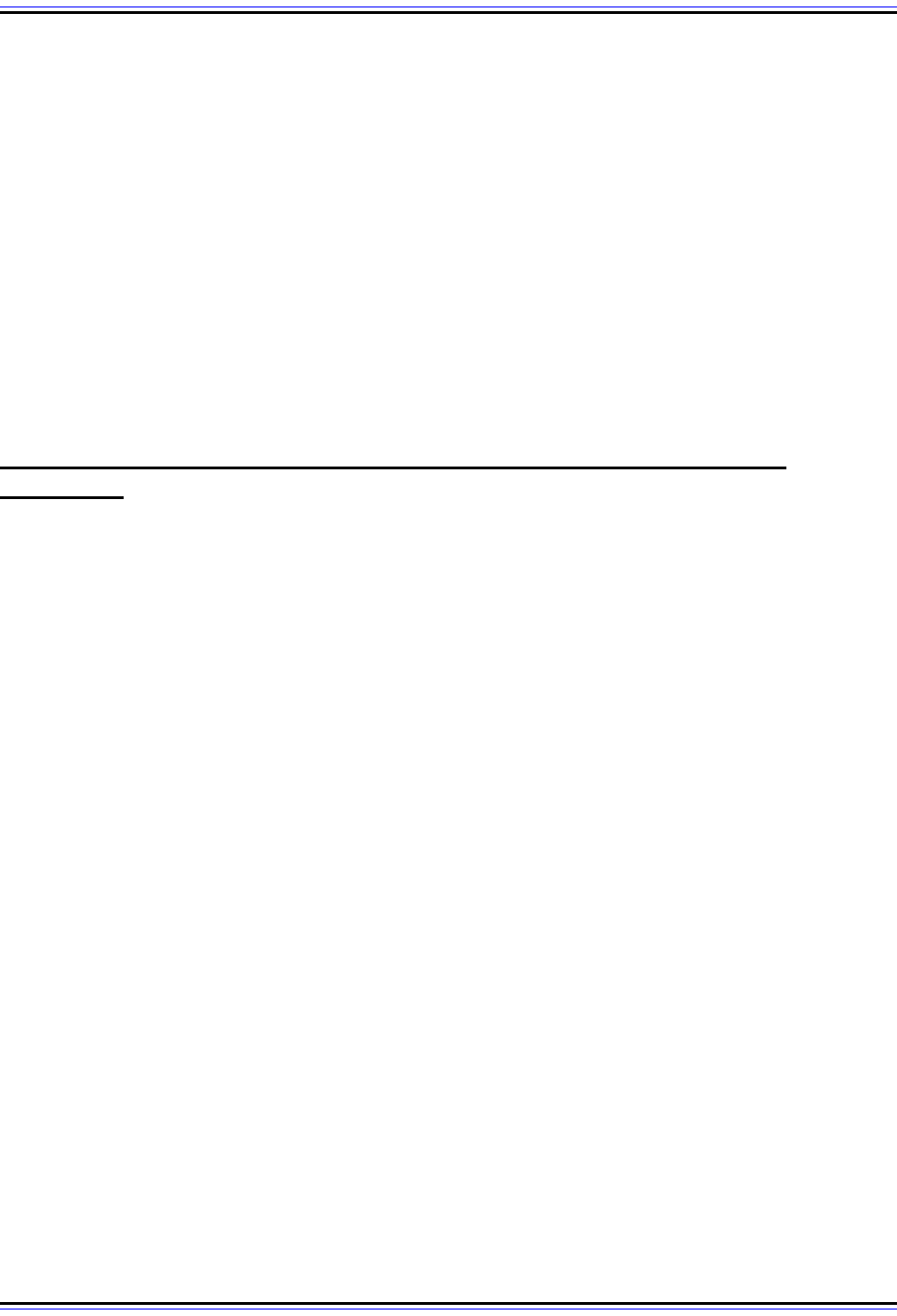
The TCP/IP Guide - Version 3.0 (Contents) ` 1166 _ © 2001-2005 Charles M. Kozierok. All Rights Reserved.
☯ The user wants to reset the lease to fix some sort of a problem.
In any of these cases, the user can end the lease through a process called early lease
termination or lease release. This is a very simple, unidirectional communication. The client
sends a special DHCPRELEASE message unicast to the server that holds its current lease,
to tell it that the lease is no longer required. The server then records the lease as having
been ended. It does not need to reply back to the client.
The reason that the client can just assume that the lease termination has been successful is
that this is not a mandatory part of the DHCP protocol. Having clients send DHCPRE-
LEASE to end a lease is considered a courtesy, rather than a requirement. It is more
efficient to have clients inform servers when they no longer need a lease, and this also
allows the IP address in the terminated lease to be reused more quickly. However, DHCP
servers are designed to handle the case where a client “disappears” without formally ending
an existing lease.
DHCP Parameter Configuration Process For Clients With Non-DHCP
Addresses
The majority of DHCP clients make use of the protocol to obtain both an IP address and
other configuration parameters. This is the reason why so much of DHCP is oriented
around address assignment and leasing. A conventional DHCP client obtains all its configu-
ration parameters at the same time it gets an IP address, using the message exchanges
and processes we have seen in the preceding topics of this section.
The Motivation for a Distinct Parameter Configuration Process
There are cases, however, where a device with an IP address assigned using a method
other than DHCP still wants to use DHCP servers to obtain other configuration parameters.
The main advantage of this is administrative convenience; it allows a device with a static IP
address to still be able to automatically get other parameters the same way that regular
DHCP clients do.
Ironically, one common case where this capability can be used is… configuring DHCP
servers themselves! Administrators normally do not use DHCP to provide an IP address to
a DHCP server, but they may want to use it to tell the server other parameters. In this case,
the server requesting the parameters actually acts as a client for the purpose of the
exchange with another server.
The original DHCP standard did not provide any mechanism for this sort of non-IP configu-
ration to take place. RFC 2131 revised the protocol, adding a new message type
(DHCPINFORM) that allows a device to request configuration parameters without going
through the full leasing process. This message is used as part of a simple bidirectional
communication that is separate from the leasing communications we have looked at so far.
Since it doesn't involve IP address assignment, it is not part of the lease “life cycle”, nor is it
part of the DHCP client finite state machine.
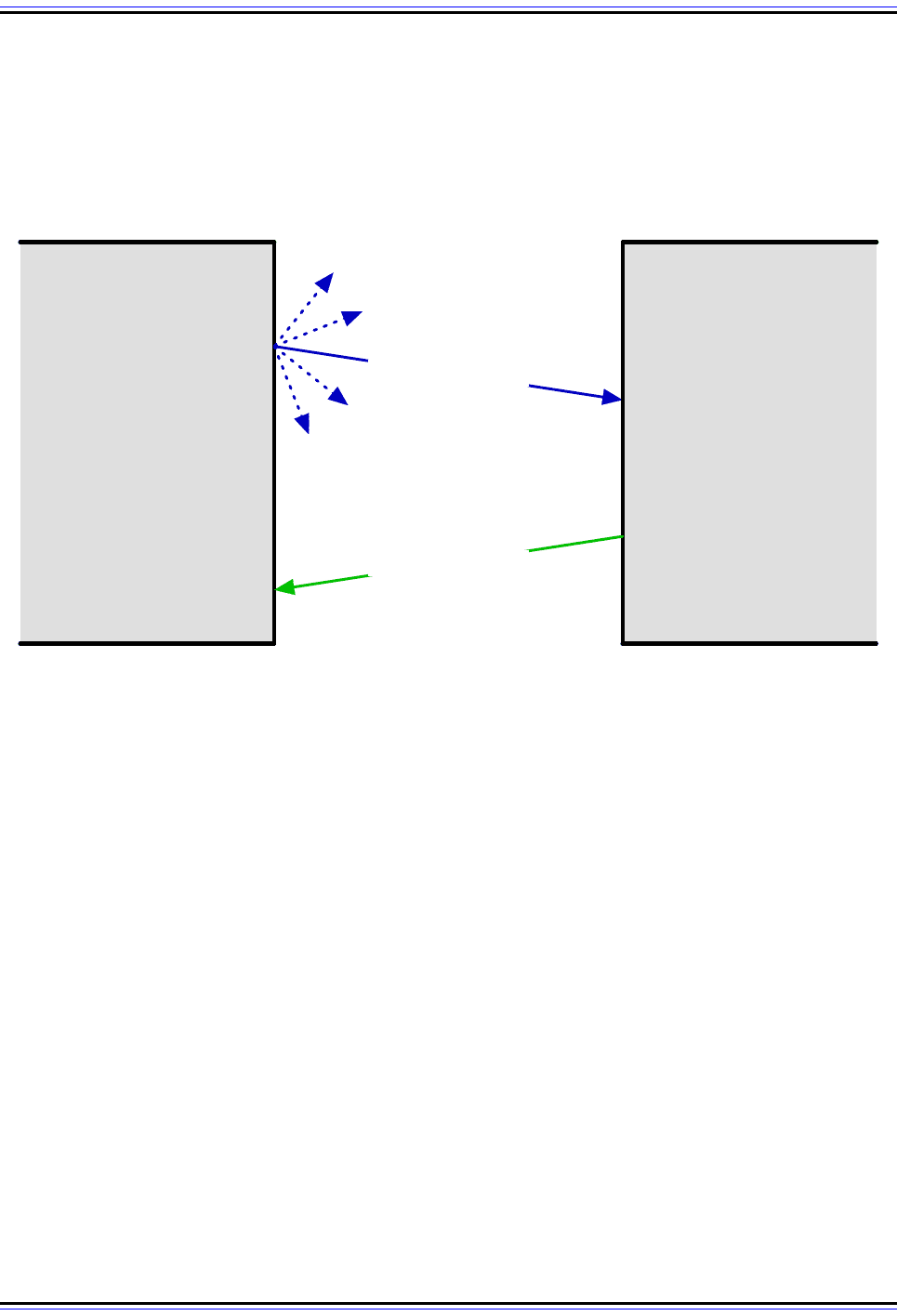
The TCP/IP Guide - Version 3.0 (Contents) ` 1167 _ © 2001-2005 Charles M. Kozierok. All Rights Reserved.
Parameter Configuration Process Steps
The following steps show how a device with an externally-configured address uses DHCP
to get other parameters (see Figure 266 as well).
1. Client Creates DHCPINFORM Message
The client (which again, may be a DHCP server acting as a client) creates a DHCPINFORM
message. It fills in its own IP address in the CIAddr field, since that IP address is current
and valid. It may request specific parameters using the Parameter Request List option, or
simply accept the defaults provided by the server.
2. Client Sends DHCPINFORM Message
The client sends the DHCPINFORM message unicast, if it knows the identity and address
of a DHCP server, otherwise, it broadcasts it.
3. Server Receives and Processes DHCPINFORM Message
The message is received and processed by the DHCP server or servers (if there are
multiple and the request was broadcast). Each server checks to see if it has the parameters
needed by the client in its database.
Figure 266: DHCP Parameter Configuration Process
A device that already has an IP address can use the simple request/reply exchange shown above to get other
configuration parameters from a DHCP server. In this case I have shown the client broadcasting its request.
Client
DHCPINFORM
1. Create
DHCPINFORM Me ssa ge
3. Process DHCPINFORM
Me ssa ge
4. Create DHCPACK
Me ssa ge
DHCP Server
5. Send DHCPACK M essage
6. Process
DHCPACK Me ssa ge
2. Broadcast
DHCPINFORM Me ssa ge
DHCPACK
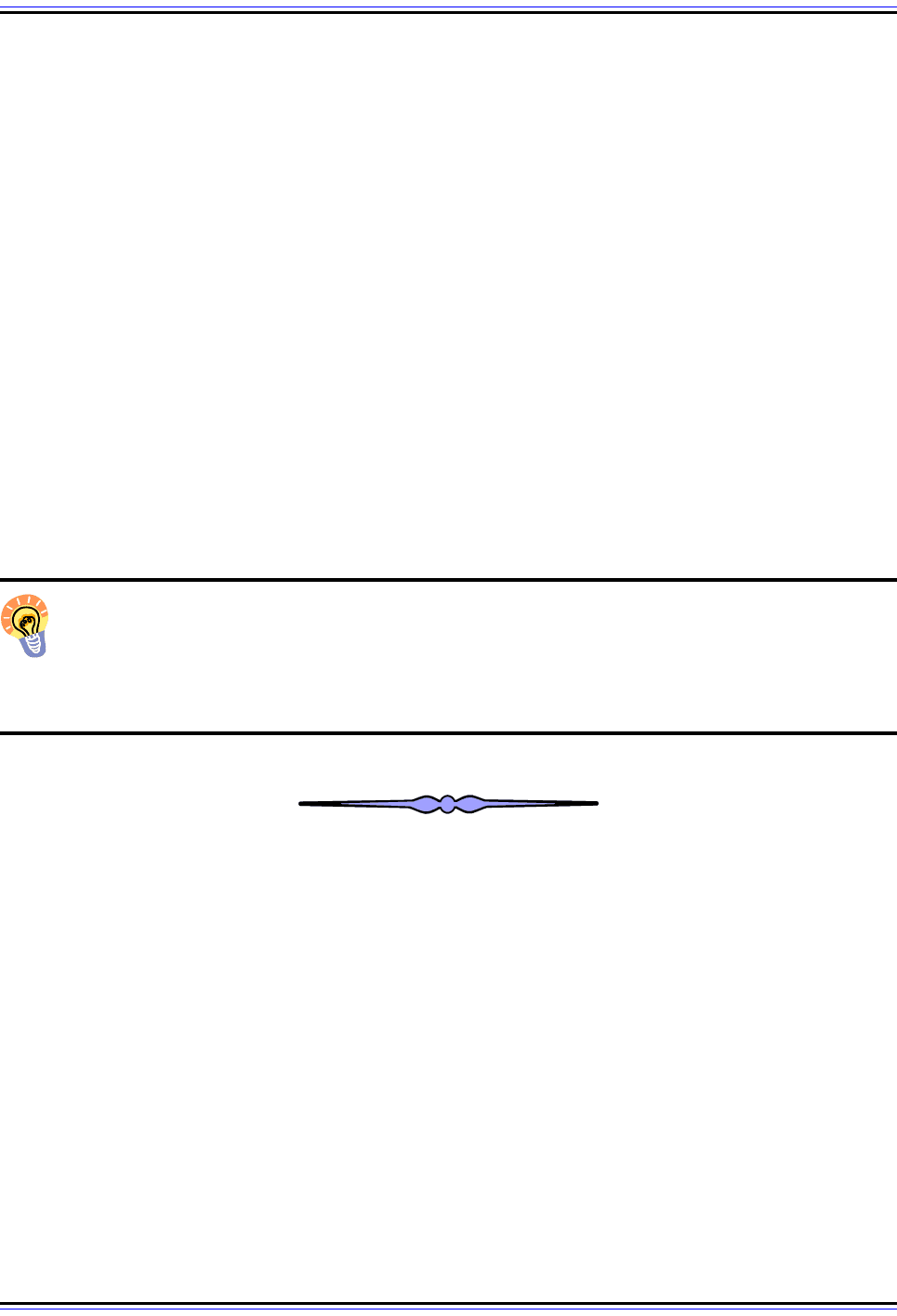
The TCP/IP Guide - Version 3.0 (Contents) ` 1168 _ © 2001-2005 Charles M. Kozierok. All Rights Reserved.
4. Server Creates DHCPACK Message
Each server that has the information the client needs creates a DHCPACK message, which
includes the needed parameters in the appropriate DHCP option fields. (Often this will be
only a single server.)
5. Server Sends DHCPACK Message
The server sends the message unicast back to the client.
6. Client Receives and Processes DHCPACK Message
The client receives the DHCPACK message sent by the server, processes it, and sets its
parameters accordingly.
Dealing with Failure of the Configuration Process
If a client receives no reply to its DHCPINFORM message it will retransmit it periodically.
After a retry period it will give up and use default configuration values. It will also typically
generate an error report to inform an administrator or user of the problem.
Key Concept: Devices that are not using DHCP to acquire IP addresses can still
utilize its other configuration capabilities. A client can broadcast a DHCPINFORM
message to request that any available server send it parameters for how the network
is to be used. DHCP servers respond with the requested parameters and/or default param-
eters, carried in DHCP options of a DHCPACK message.
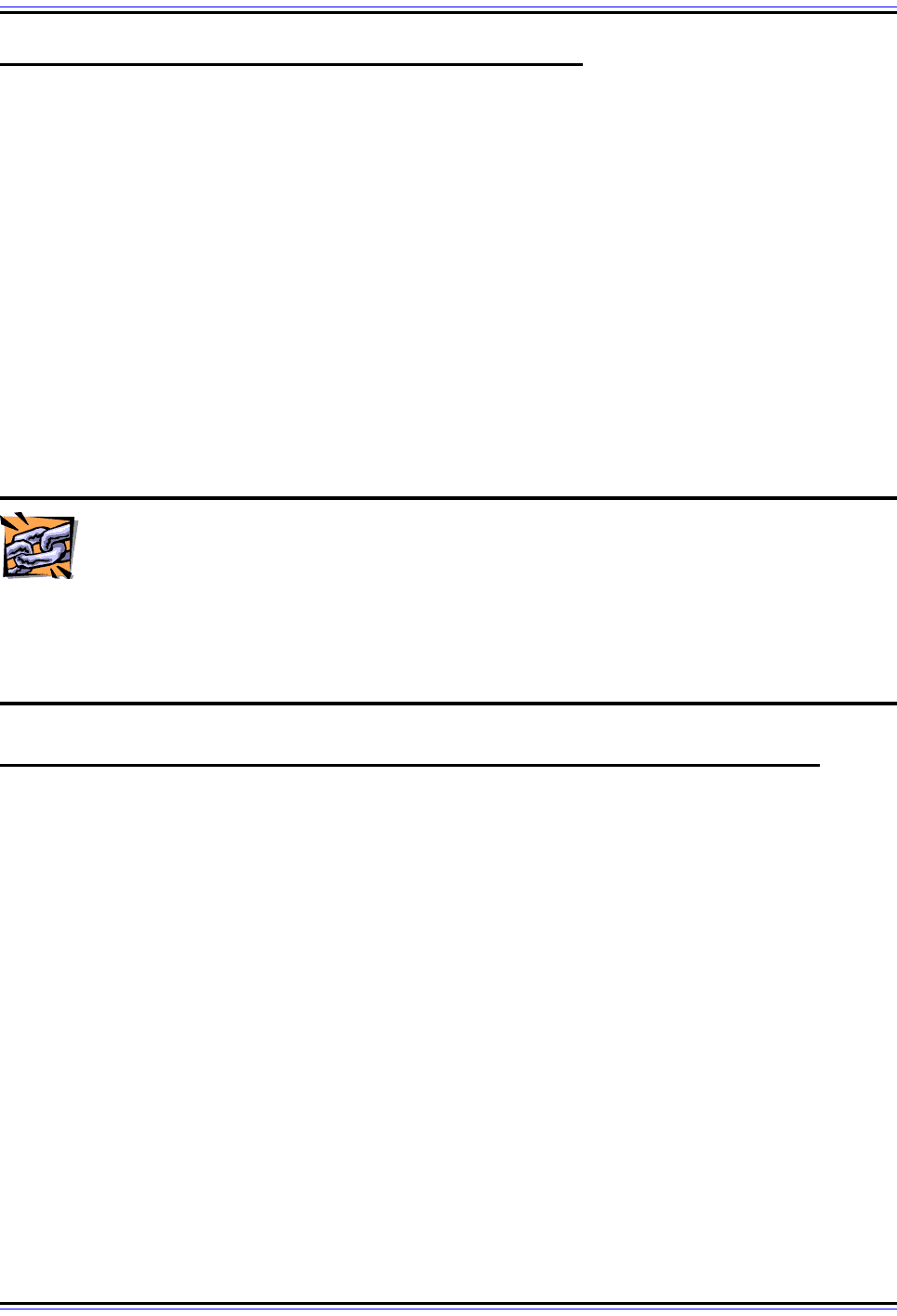
The TCP/IP Guide - Version 3.0 (Contents) ` 1169 _ © 2001-2005 Charles M. Kozierok. All Rights Reserved.
DHCP Messaging, Message Types and Formats
The topics on DHCP configuration and operation demonstrated how DHCP works by
showing the processes by which various leasing and information-exchange activities are
accomplished. All of these procedures rely heavily on the exchange of information between
client and server, which are carried in DHCP messages. Like all protocols, DHCP uses a
special message format, and a set of rules that govern how messages are created,
addressed and transported.
In this section I provide the details of how DHCP creates and sends messages, and show
the formats used for DHCP messages and options. I begin with a description of how DHCP
creates, addresses and transports messages, and how it deals with message retrans-
mission. I then outline the DHCP general message format, showing how it is similar to the
BOOTP message format upon which it is based, and also where it differs. I describe DHCP
options, the format used for them, and the special option “overloading” feature used for
efficiency. I conclude the section with a complete list of DHCP options.
Related Information: DHCP is most closely related to BOOTP in the area of
messaging, so you'll find lots of references to BOOTP in this section. Note
especially that DHCP options are based closely on BOOTP vendor extensions,
and many of the specific DHCP option types are the same as BOOTP vendor information
fields. To avoid duplication, the summary table in this section lists the options/extensions for
both protocols, indicating which ones are used by both BOOTP and DHCP, and which are
used only by DHCP.
DHCP Message Generation, Addressing, Transport and Retransmission
In the previous section, we examined extensively the operation of DHCP, and its client/
server nature. Pretty much every aspect of the protocol's operation is oriented around the
notion of a client device exchanging information with a server. We can also see this
reflected in all of the major characteristics of DHCP messaging. This includes the format of
DHCP messages, as well as the specifics of how DHCP messages are created, addressed
and transmitted—and when necessary, retransmitted.
Message Generation and General Formatting
DHCP messaging is similar in many ways to that of BOOTP, the protocol upon which DHCP
was based. BOOTP defined only two message types, a request and a reply. DHCP is of
course much more complex, using some eight different types of messages, but these are
still categorized as either request or reply messages, depending on who sends them and
why. DHCP uses a special DHCP Message Type option to indicate the exact DHCP
message type, but still treats a message from a client seeking information as a request, and
a response from a server containing information as a reply.
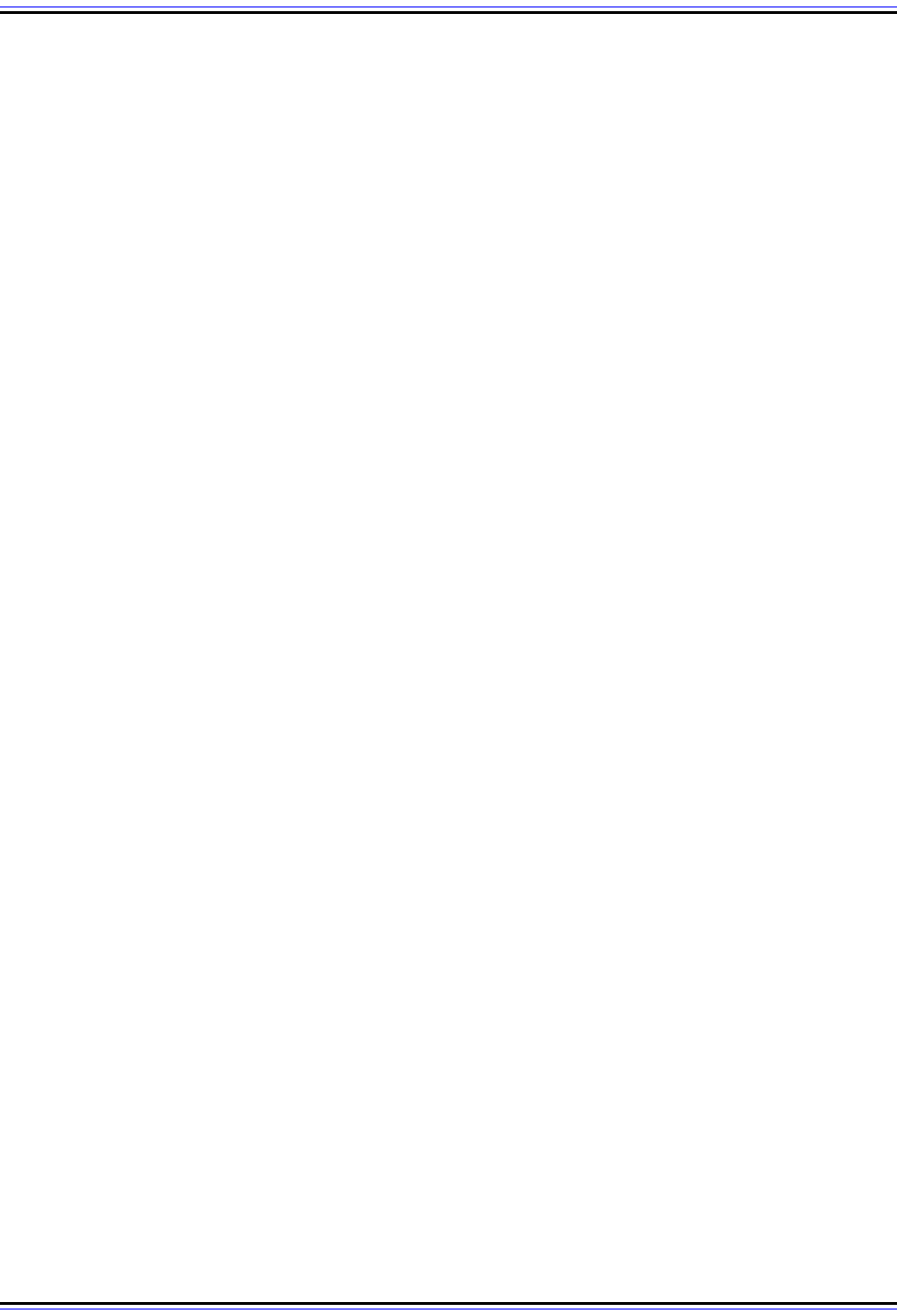
The TCP/IP Guide - Version 3.0 (Contents) ` 1170 _ © 2001-2005 Charles M. Kozierok. All Rights Reserved.
A client generates a message using the general DHCP message format, which is very
similar to the BOOTP message format. When a server replies to a client message it does
not generate the reply as a completely new message, but rather copies the client request,
changes fields as appropriate, and sends the reply back to the client. A special transaction
identifier (XID) is placed in the request and maintained in the reply, which allows a client
know which reply goes with a particular request.
Message Transport
DHCP uses UDP for transport just as BOOTP does, and for the same reasons: simplicity
and support for broadcasts. It also has many of the same addressing concerns that we
discussed in the topic on BOOTP messaging and addressing. Clients usually will send
requests by broadcast on the local network, to allow them to contact any available DHCP
server. The exception to this is when a client is trying to renew a lease with a server that it
already knows. For compatibility with BOOTP, DHCP uses the same well-known (reserved)
UDP port number, 67, for client requests to servers.
Use of Broadcasts and Layer Two Message Delivery
Some DHCP message exchanges require a server to respond back to a client that has a
valid and active IP address. An example is a DHCPACK sent in reply to a DHCPINFORM
request. In this situation, the server can always send a reply unicast back to the client.
Other message exchanges, however, present the same “chicken and egg” conundrum that
we saw with BOOTP: if a client is using DHCP to obtain an IP address, we can't assume
that IP address is available for us to use to send a reply.
In BOOTP, there were two specified solution to this situation: first, the server could send
back its reply using broadcast addressing as well; second, the server could send back a
reply directly to the host at layer two. Due to the performance problems associated with
broadcasts, DHCP tries to make the latter method the default for server replies. It assumes
that a client's TCP/IP software will be capable of accepting and processing an IP datagram
delivered at layer two, even before the IP stack is initialized.
As the standard itself puts it, “DHCP requires creative use of the client's TCP/IP software
and liberal interpretation of RFC 1122”. RFC 1122 is a key standard describing the detailed
implementation requirements of TCP/IP hosts. The DHCP standard, however, acknowl-
edges the fact that not all devices may support this behavior. It allows a client to force
servers to send back replies using broadcasts instead. This is done by the client setting the
special Broadcast (B) flag to 1 in its request.
Since DHCP, like BOOTP, must use either layer two delivery or layer three broadcasts for
server replies, it requires a separate well-known port number for servers to send to. Again,
for compatibility with BOOTP, the same port number is used, 68. This port number is used
whether a server reply is sent unicast or broadcast.
